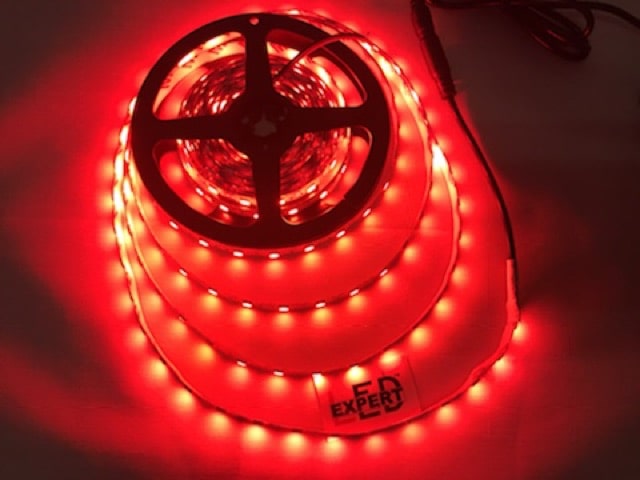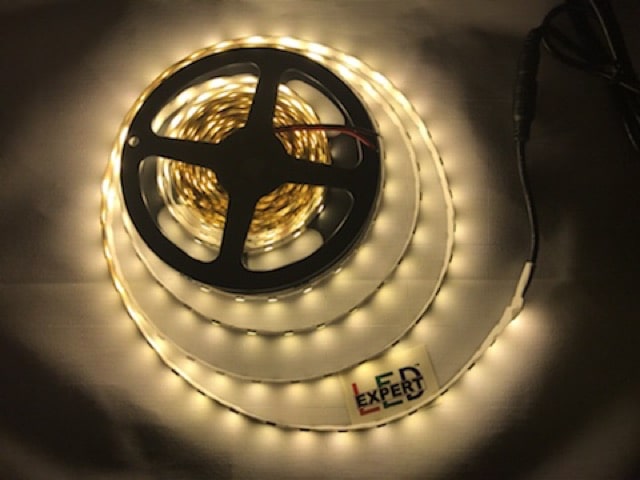Due to their lots of advantages over conventional incandescent and fluorescent light bulbs, LED lights are poised to transform all types of illumination. Selecting and buying LED lights needs customers to discover brand-new terminology and think about variables that they do not need to consider when purchasing standard types of lighting. This brief short article supplies some basic background as well as buying considerations for novice customers of LED substitute lights.
As most people most likely understand now, LED means a light-emitting diode. LEDs are in fact semiconductors (similar to the integrated circuits) that generate light a lot more efficiently than standard light sources. When electricity is passed through them, they give off power in the form of light. These semiconductors are doped or infused with chemicals that establish their light shade. LEDs transform most of the energy traveled through them to light, in contrast to incandescent bulbs that generate light as a by-product of being heated up. Consequently, LEDs can be approximately 90% extra efficient than traditional family filament light bulbs.
LEDs have actually been commonly used in as screens and indicator lights for almost 40 years. Only lately, however, have engineers identified just how to make as well as manufacture brilliant, white LEDs that can be utilized for general-purpose lighting. The high brightness and also point-source attributes of LEDs have made them the front runner for traffic signals as well as automobile tail lights, where presence and stability are important.
So, what should you know when buying LED lights light bulbs? The following listing supplies some basic standards:
1. While the initial price per light bulb is still high, the overall lifetime price of an LED light bulb is really lower than that of comparable incandescent and also CFL bulbs. Taking into consideration energy prices along with time and also sources needed to change incandescent and CFL bulbs, an LED bulb that lasts 80,000 hrs has a much lower lifetime expense.
2. LEDs are diverse, and also – as unlucky purchasers are all also likely to discover by hand – numerous kinds are ineffective for general light applications. The finest LED chips emit light with a Color Rendering Index (CRI) of 85%. The CRI, by the way, is a quantitative action of the capability of a light source to duplicate the shades of numerous things consistently in comparison with an excellent or natural source of light. LED light bulbs that use high-quality LEDs will certainly last much longer than the unique bulbs that many are marketing and 60% longer than lots of completed light bulbs that utilize substandard LEDs.
3. Unlike what you may check out in some areas, LEDs do create heat, and also this warm is actually the largest trouble that producers deal with creating LED lighting applications. Producers can currently generate specific LED chips that are as brilliant as a 100-watt incandescent light bulb, however, these LEDs are virtually ineffective for basic lights since installing them in a fixture produces airflow issues that have not yet been resolved. LEDs mounted in fixtures, as well as bulbs, need to be aerated properly, and the far better the chip, the harder it is to effectively cool down. To learn more about LED lighting and LED tube lights, in particular, you can look here to find more useful info.

4. While LED light bulbs do last much longer than traditional light bulbs, look carefully at supplier insurance claims for bulb life. The lifespan of an LED light bulb ought to be its “half-life.” LED light bulbs do not stress out; instead, they slowly go out. When a vendor says an LED bulb will certainly last 80,000 hours, they mean that then, the chips will certainly have gotten to 50% effectiveness, and the bulb should be changed. So, the bulb could last 100,000 hrs or even more, yet its efficiency will have degraded substantially by that point. Using this 100,000-hour life as a selling point is for that reason misleading.
5. Searching the web, you will rapidly discover that the LED light bulb market is inundated with items. Many of these bulbs are relatively low-cost (less than $20); nonetheless, you may find that a number of these LED light bulbs consist of doubtful products as well as uncertain workmanship. Good LED light bulbs cost more than these economical ones due to the fact that they utilize high-quality chips with costs firmly established by trusted manufacturers like Cree. This suggests that though these LED light bulbs are extra expensive, they are far premium.




